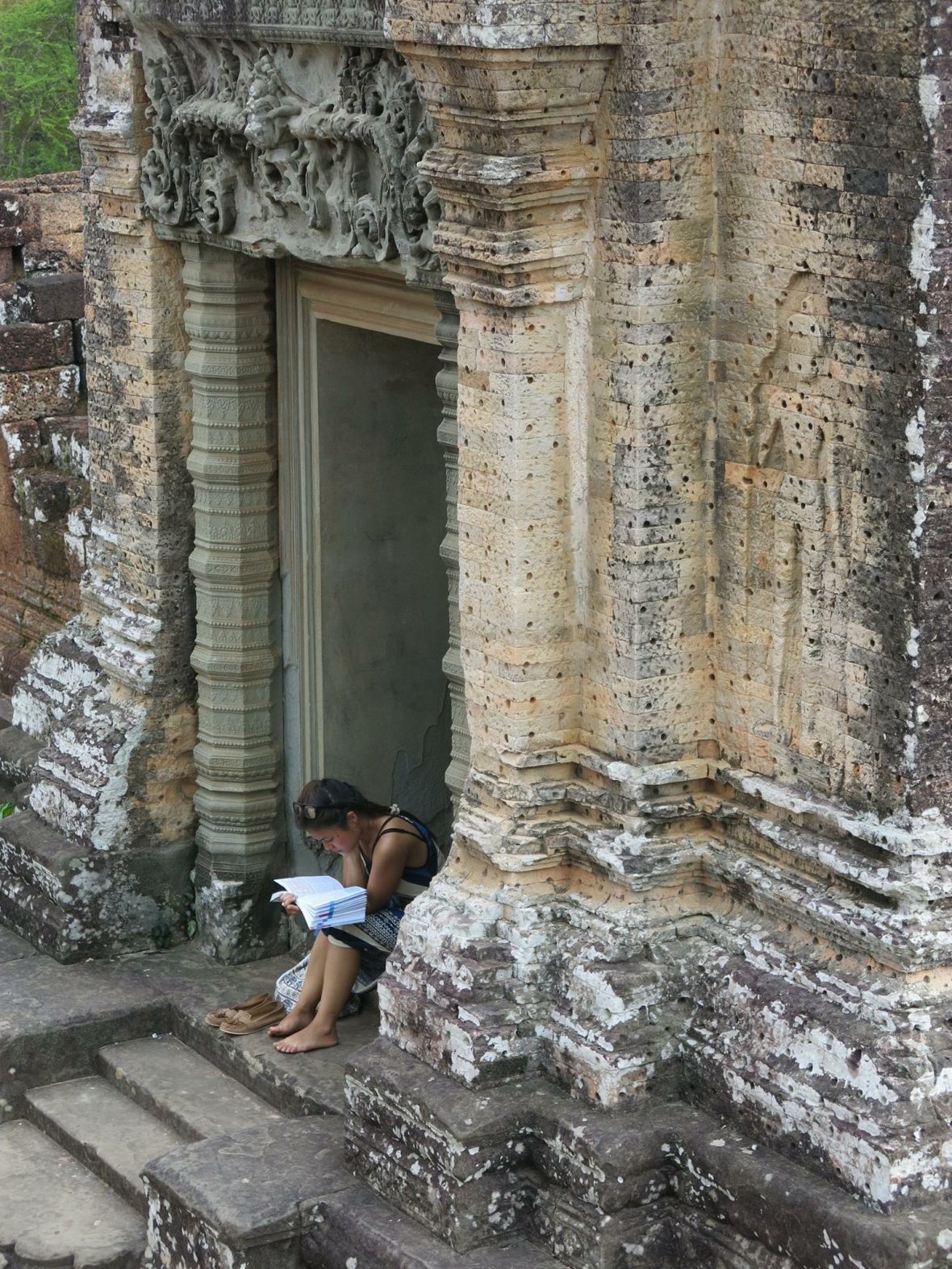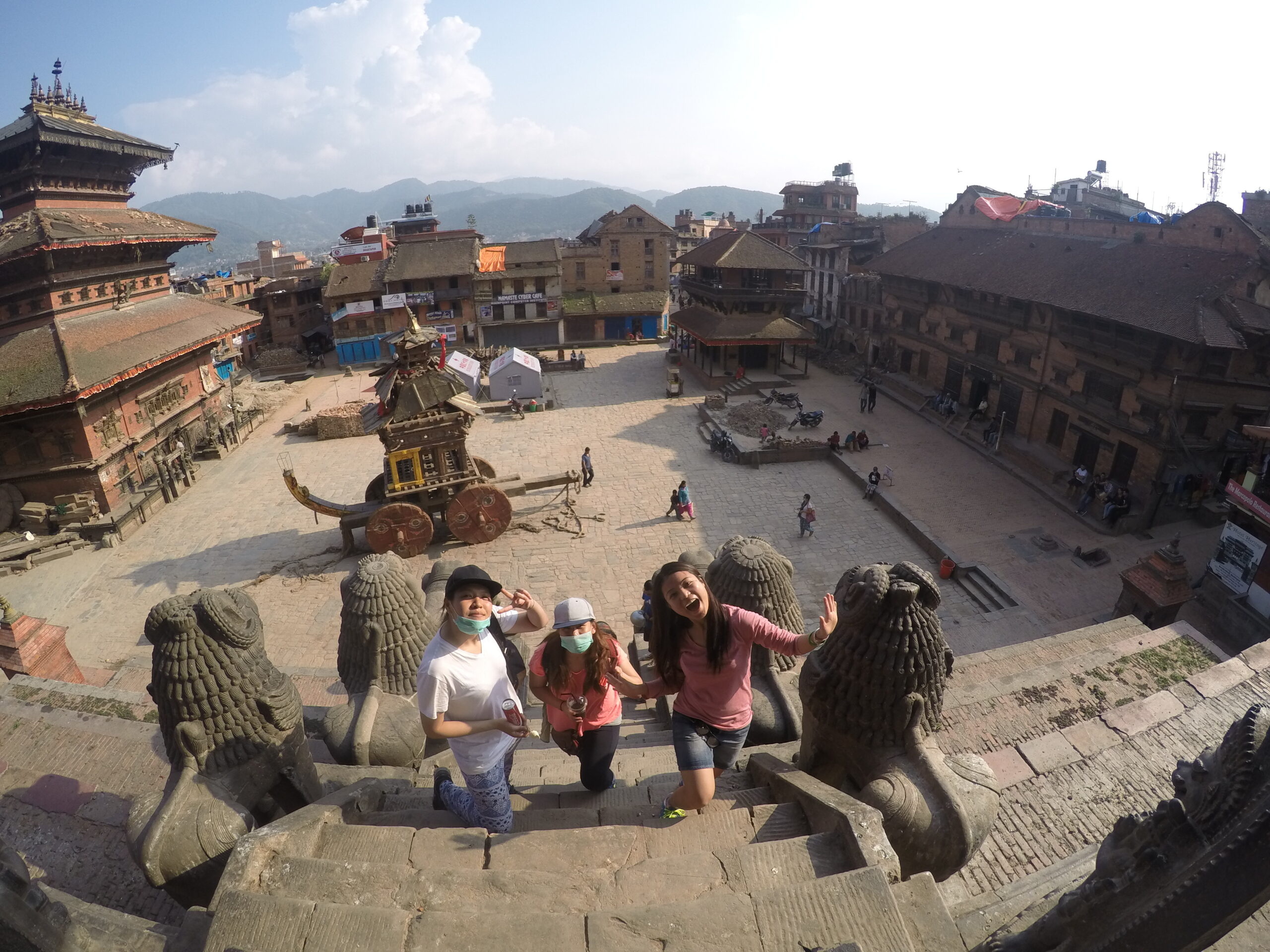Driving through steep drop-offs down the winding, narrow, bumpy Himalayan roads and experiencing landslides and aftershocks along the way is not what anyone has in mind when they look forward to their annual leave. My a/l plan included neither waking up around 3 am on a chilly morning with heavy rain, thunder, and lightning. Yup, during our one project, we were woken up by lightning, thunder and heavy rain. Our tents were destroyed, and our sleeping bags, equipment, and personal belongings were flooded- We were cold, frustrated, and miserable, but why did we still volunteer?
I cannot believe that it has been almost two years since the terrible earthquake struck Nepal. A developing country was hit by a catastrophic earthquake on April 25th and May 12th 2015, almost after over 80 years since the last destructive earthquake was recorded in history. These earthquakes had 7.8 and 7.3 magnitudes with epicentres in Gorkha and Dolakha districts. The earthquake was followed by several aftershocks and landslides which severely affected 14 districts and resulted in over 8,891 human casualties, missing 198 people and approximately 22,300 injuries; additionally, it displaced over 2.8 million households across the country. Among many districts, Nepal’s central and western districts saw the highest casualties. Consequentially, the health sector of Nepal faced more significant challenges physically and strategically. Physically, the physical development structures like roads, hospitals, health centres, clinics, and schools were flattened and destroyed.
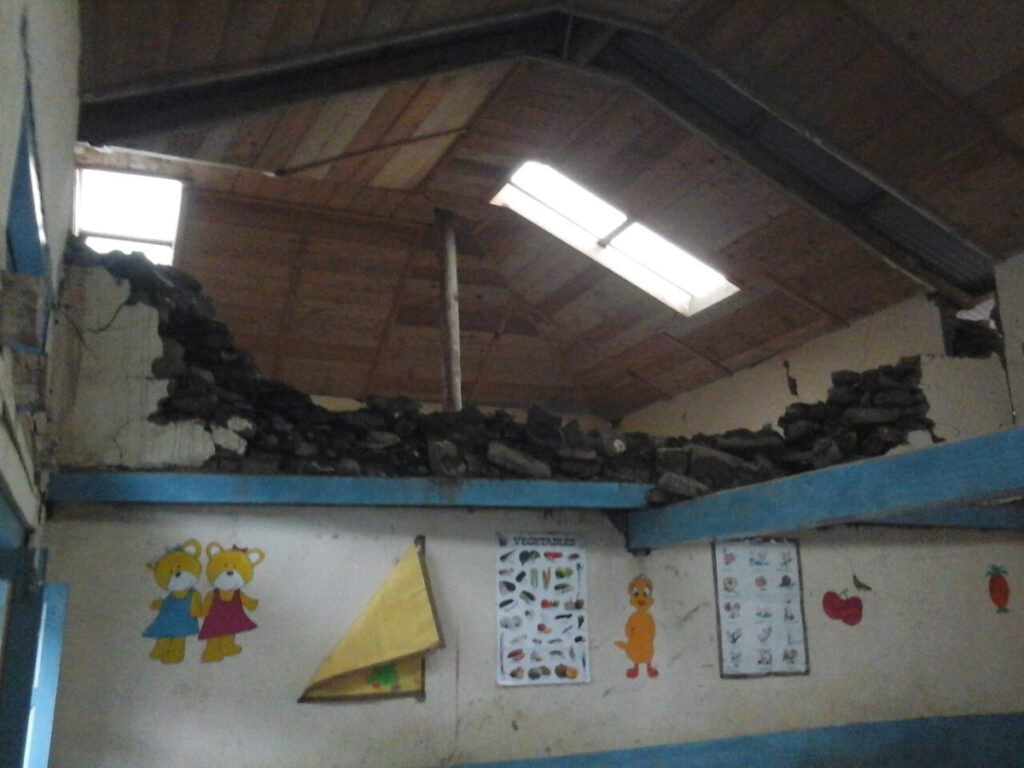
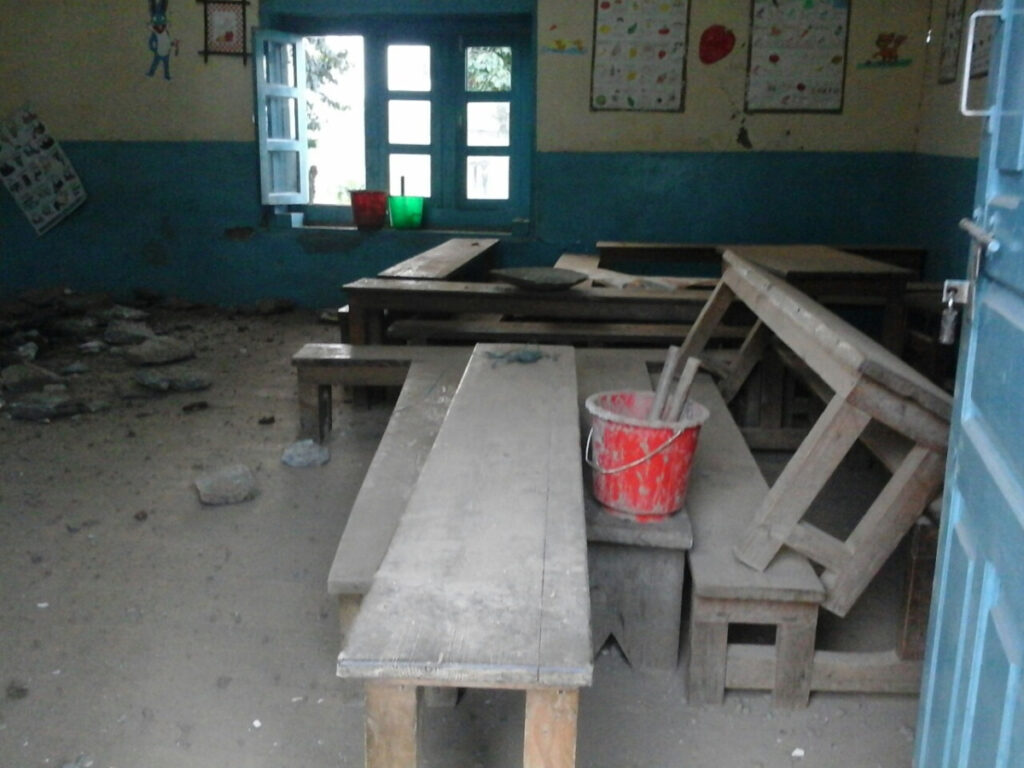
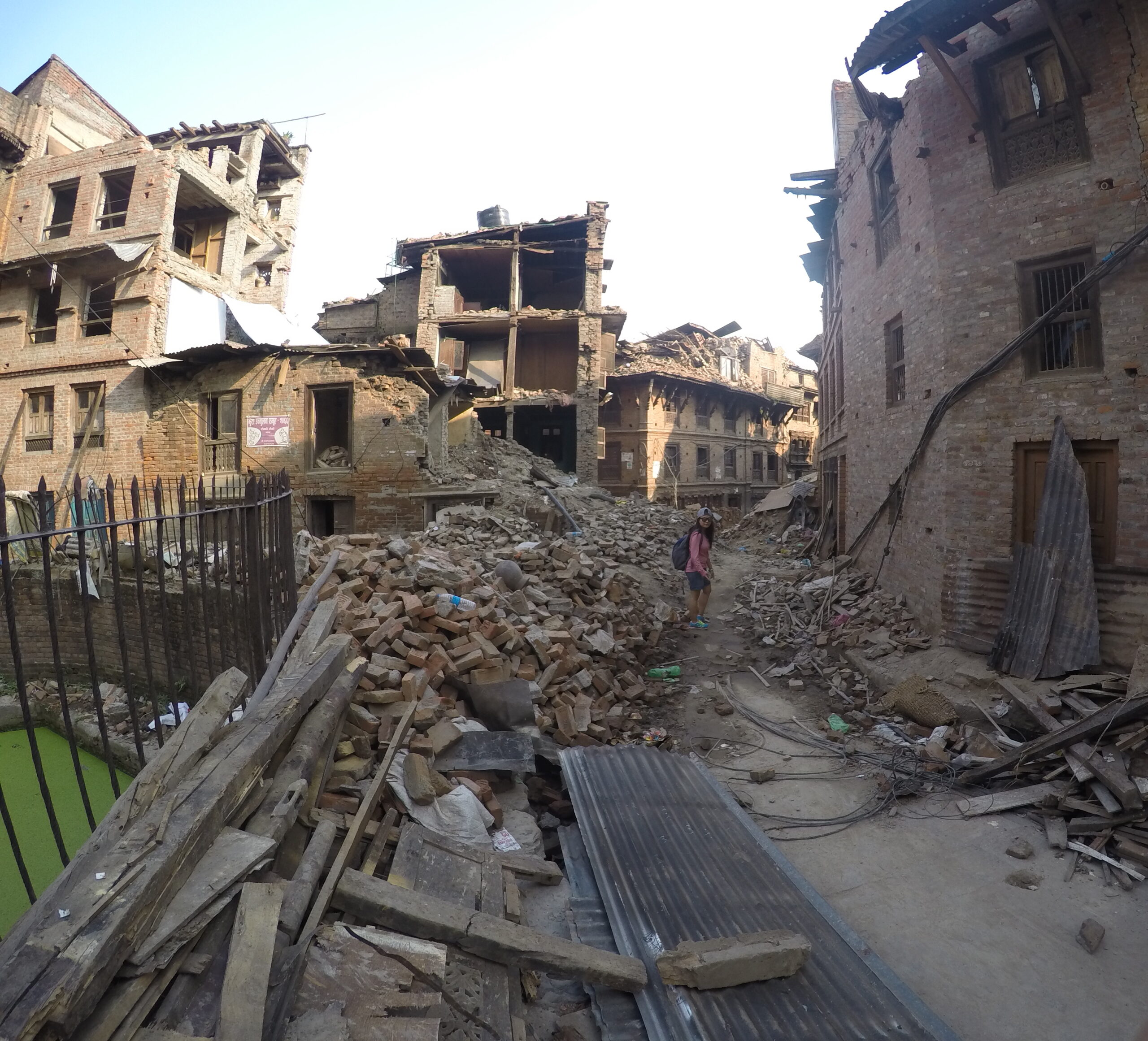
On April 25 2015, I woke up to check my Facebook newsfeed to discover that a tragic 7.8 magnitude earthquake had struck Nepal, which left me emotionally stunned. I felt my heart was weighed down, chained with compassion and disappointment simultaneously! I was frustrated with how the Nepalese government dealt with the emergency crisis. Nepal faced strategic challenges in organising health campaigns and coping with a sudden increased need for direct health care for those injured and dead in the disaster. Availability and accessing health centres have always remained challenging in rural parts of Nepal. However, the earthquake severely damaged approximately 1085 health facilities in the most affected districts. My heart was unsettled, and my spirit was troubled with this terrifying news. Sometimes you hear a knocking on your heart, and there are different types: quiet, gentle, sharp, and soft. This time though, the knock was constant, louder and more apparent. Finally, I knew what I had to do- after a lengthy conversation with my family, I decided to travel to Nepal. I requested to take time off from work (and use my A/L), and my matron generously accepted my request. I have a fantastic unit (LITU) that has always been supportive and offered its willingness to Help Nepal in the present situation. Then I started raising funds, and this was my very first voluntary effort towards supporting the earthquake survivors of Nepal. I came across a non-profitable Nepalese voluntary organisation collaborating with Naya Yuva and BCC UK (Buddhist Community Centre). I met other volunteers soon after, and we quickly began to get closer. My church and my family sent me fervent prayers and blessings. Despite our lack of experience, we had determination and took risks, faced our fears and tried to experience new things. So, with limited funds in our hands but we had sincere hearts, off we flew to Nepal on May 16th 2015. After 10 hours and flying over 5000 miles, we finally reached the “Himalayan kingdom – Nepal.” Sadly, it wasn’t the same Nepal I used to know from childhood. The country had been torn apart, cultural heritage was destroyed, and people were in great suffering.

Nepal is home to the eight gigantic tallest mountains in the world. With this amount of advantageous mountains, Nepal has an enormous source of water potential for producing hydropower and hydroelectricity projects. However, despite the high potential of hydropower projects, Nepal’s low economy and slow GDP growth rate, in combination with environmental and socioeconomic constraints, ineffective government policies and political instability for implementing an existing system to reach the sustainable development goals of the county is exceptionally challenging. Furthermore, Nepal is also exposed to the most extreme landscapes and fragile environment, and the heaviest monsoon rainfalls (June- September) result in flooding, landslides, and sedimentation every year. Likewise, the lack of infrastructure makes it harder to reach people with clean water and sanitation.
Water-based diseases are caused by parasites found in intermediate hosts living in contaminated water; for example, helminths and guinea worm, which are Neglected Tropical Diseases (NTDs). Water-based diseases are commonly found in Nepalese children and young adolescents. We knew that the risk of transmission would increase post-disaster because of a lack of clean water and sanitation. However, most of these infections are preventable and treatable by controlling snail populations, reducing surface water contamination and safe drug administration. In the post-earthquake crisis, the use of the cholera vaccine is still controversial. Nonetheless, our team distributed oral cholera tablets, which is always a common practice in an emergency crisis such as earthquakes. In addition, our team took immediate action to intensify treatment and water supply hygiene awareness. While on the projects, we taught victims simple yet effective practices like how to drink clean water and taught the importance of handwashing, sanitation, and cleanliness, which we think are standard practices in a developed country.
Our team emphasised the importance of educating the public on chlorinating water to kill bacteria, viruses and protozoa to make safe drinking water. We also demonstrated how to make a live-saving Oral Rehydration Solution (ORS), “Jiwan-jal”, an effective homemade remedy for diarrhoea and dehydration! Jiwan-Jal literally translates to “Life- Water”.
HOW TO MAKE JIWAN-JAL:
- 1L of boiled water then let it cool
- Mix 6 teaspoons of Sugar
- Mix Half (1/2) teaspoon of Salt

The majority of the people we saw lived in tents in cramped areas. We were also concerned about the vector-borne transmissions caused by insects that breed in water or bite near water, including yellow fever, dengue, and malaria. We were worried that these people might be at high risk of dengue due to inadequate shelter, increasing exposure to vectors. Therefore, it was crucial to prevent or control epidemics of vector-borne illness, which can be done by destroying breeding (spraying), using mosquito nets, or other methods. Our team distributed mosquito nets and insect repellents such as mosquito coils to each household. Dengue fever is a paramount public health concern in Nepal. However, there were no deaths reported following the earthquake.
Every day was a new challenge and learning experience for us. To make our project run smoothly, we had many improvements to be made on site. After visiting many villages and setting up medical camps, our team needed to be mindful. Some victims could not physically come to visit the health camp, and our team saw the need for a change in approach. Hence we decided to bring a health camp to them by splitting the group into two creating a mobile clinic. The mobile team packed their backpacks with the usual standard medical equipment and walked to the affected areas that were harder to reach and had less aid. Surprisingly there were a considerable number of victims that were treated. We visited a young mum and her newborn baby with pneumonia (Neonatal pneumonia) on our mobile clinic project in medical terms. This condition is a prevalent respiratory disorder in newborns, which can be easily treatable in the western world. However, if left untreated, the baby can develop severe sepsis, multi-organ failure leading to intubation, and in a worst-case scenario, it will cause premature death. Our doctors were very experts in choosing the right medical words (in Nepali) and explained them to the mum. We advised mum to take the baby to the hospital for Chest X-ray- and told her that the baby needs broad-spectrum antibiotics. The mum was grateful for the advice she promised to take the child to the hospital. We gave money to the mum to make sure that the baby got the proper treatment.

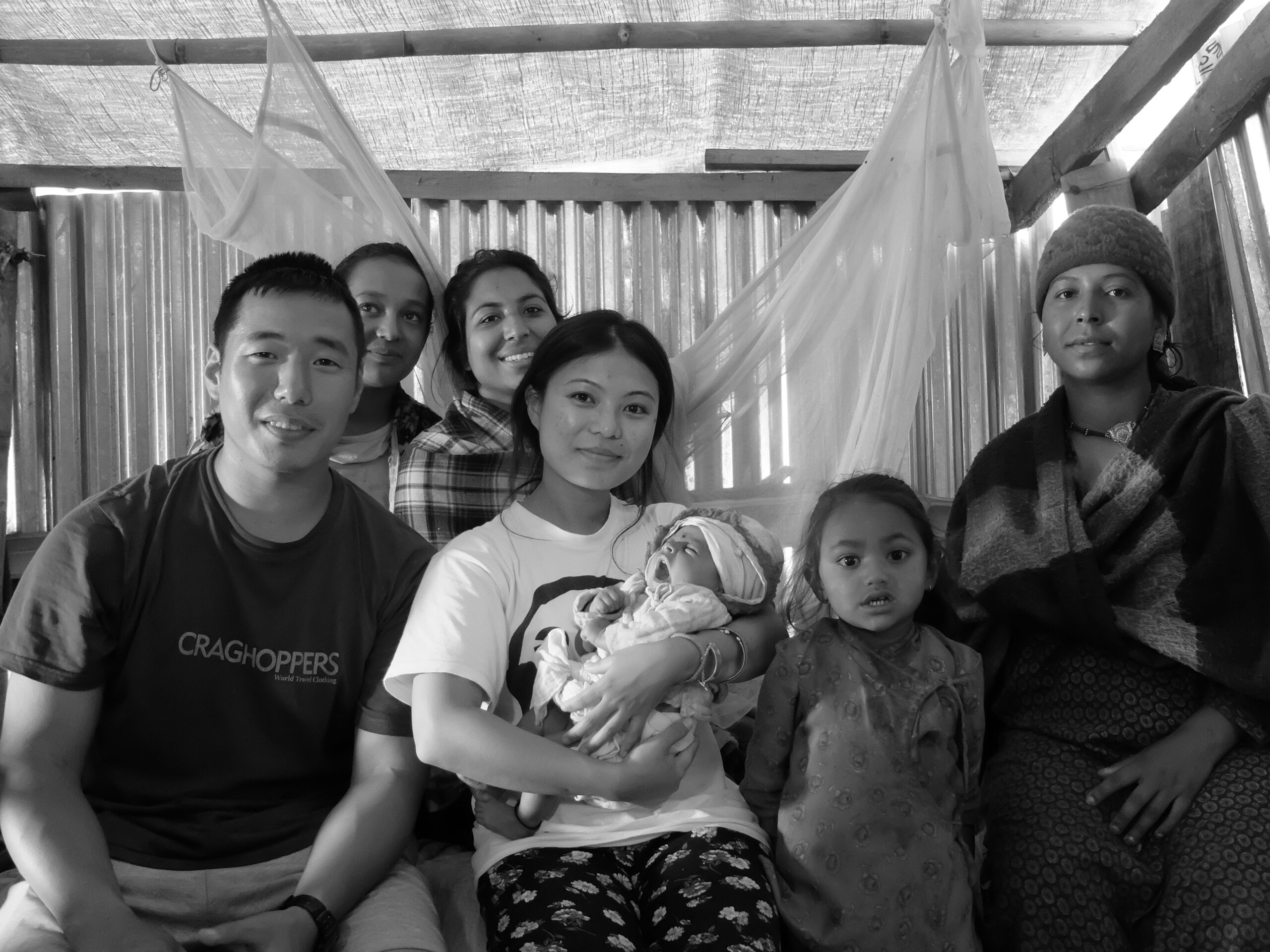
We met this lovely old granny, the Earthquake survivor victim on the journey. She broke her right leg (not sure where she had a fracture), so she needed to have the above-knee plastered. We gave some tips and advice on how to look after her plaster cast, for example: avoid using any objects inside, regular pain killers, elevating the injured leg, small exercises moving her toes.
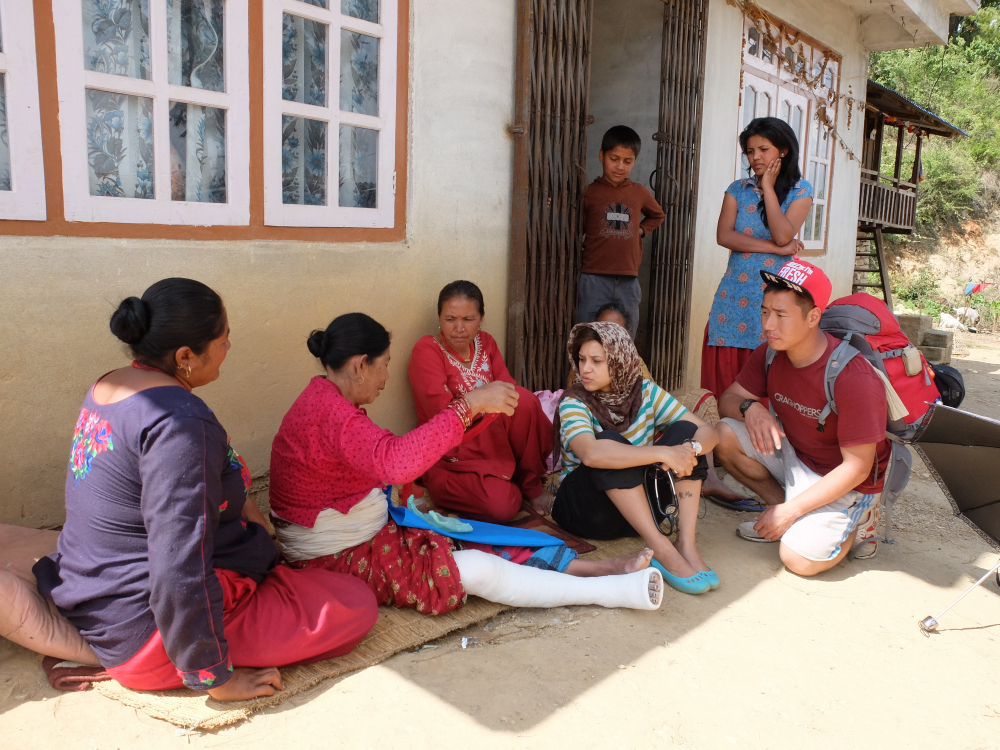
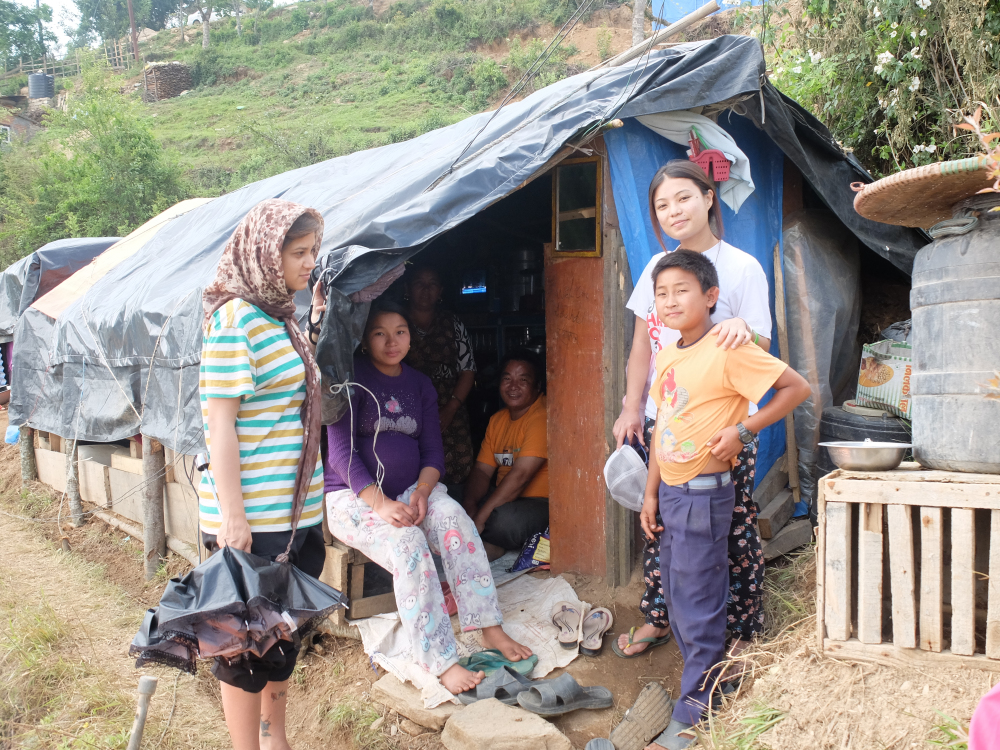
We also encountered a young pregnant teenager expecting her first child soon. It was mind baffling; she should be studying at this age and not having babies. We found out that she used to go to school, fell in love with her classmate and became pregnant! It is taboo to talk about the menstrual period, sexual health, STDs, and contraception methods (mainly in a remote regions). The young lady looked healthy and happy. We told her the importance of staying healthy during pregnancy- eating food rich in vitamins, minerals, iron and protein. Advised her to avoid medicines if possible other than recommended by a midwife/ or a doctor. She was aware of some common problems during pregnancy: hyperemesis, low back pain, anaemia, and swollen feet. Our team warned her about RED flags emergencies in pregnancy: severe Abdo pain, bleeding, severe anaemia.
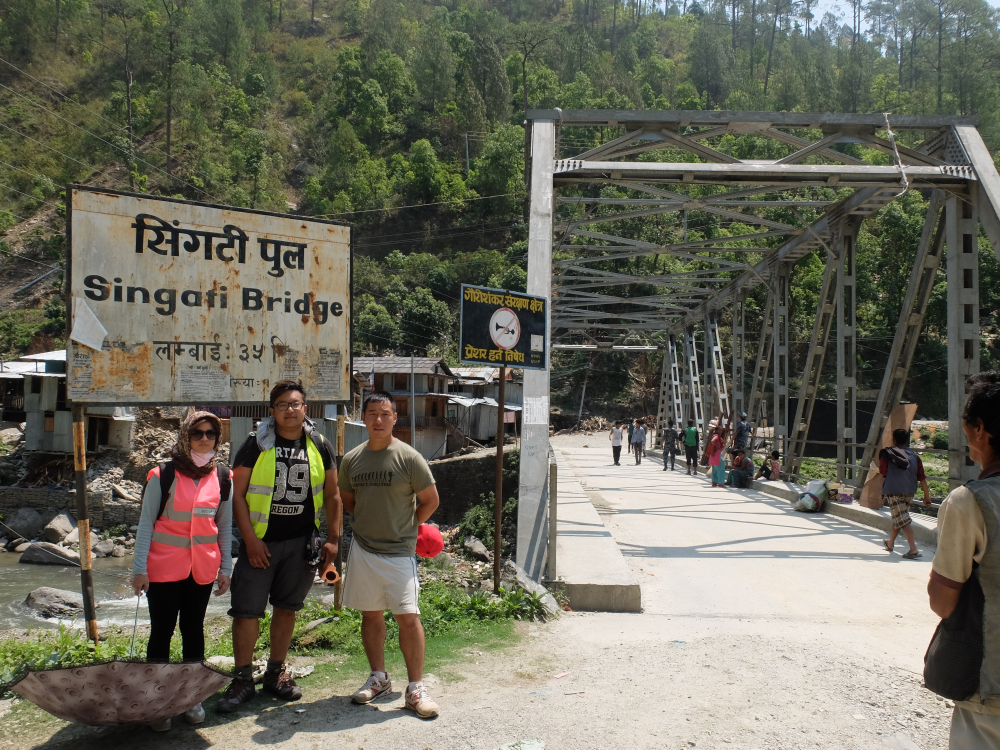
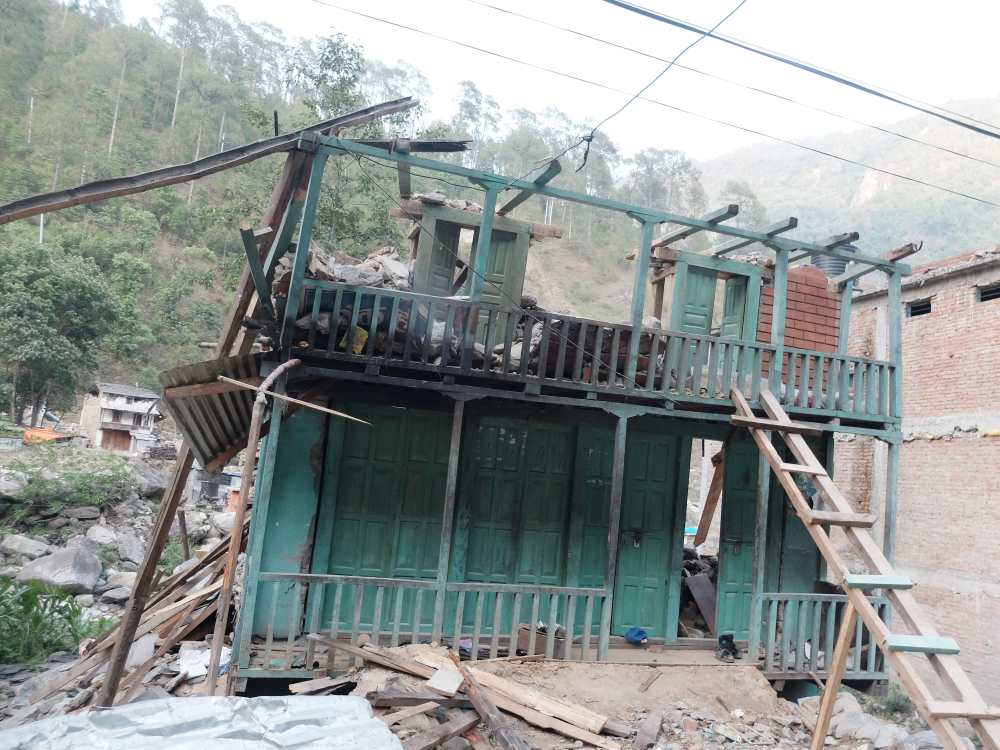
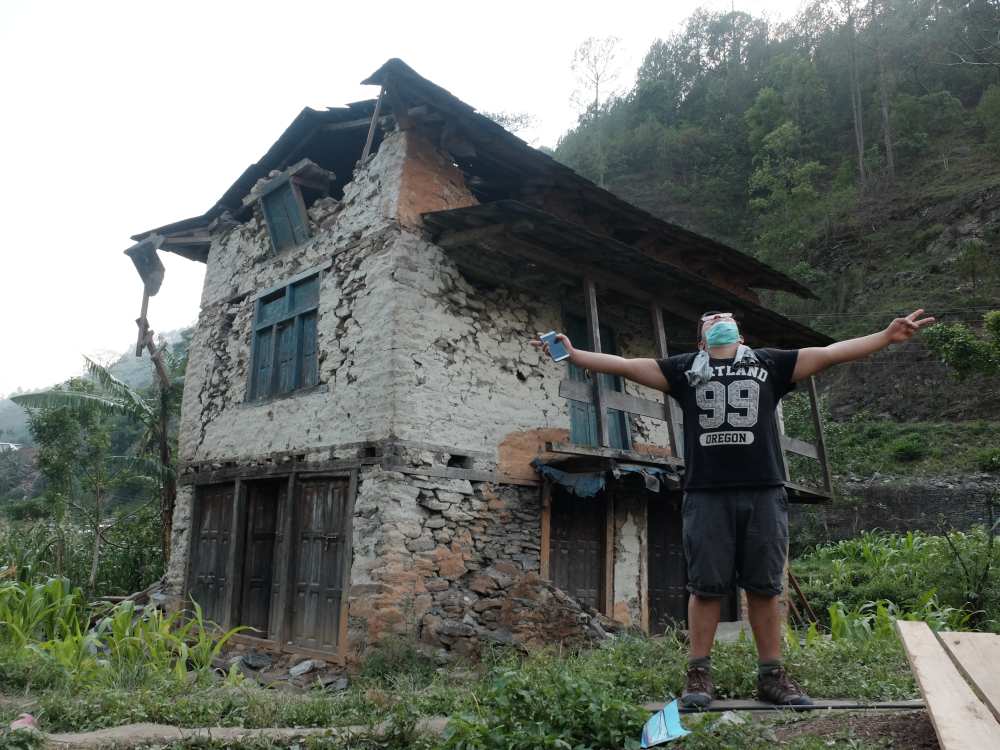
Nepalese Army appealed the need for help in Singati (a place in Dolokha district) which was the epicentre of the earthquake that hit Nepal on May 12, 2015. These armies opened their barrack to facilitate our health clinic project. On our arrival, we treated minor secondary injuries like cuts, wounds, bruises, burns, lacerations, fractures, skin tears and crush injuries that emerged after the earthquake. We noticed that these Armies had ringworms (fungal infections). Ringworms are mildly contagious– For prevention, we advised: – Wash the infected areas with soap and water – Maintain good personal hygiene – Shave their heads – Wash their beddings – Sleep in clean bed linen – Avoid sleeping close to one another (easily spread) – Avoid sharing clothing and combs. – Buy and apply anti-fungus cream (we, unfortunately, did not have it) – Keep the infected areas dry, exposed to the air/ sunlight
We discovered that wound infections were mainly caused by a lack of clean water and infrastructure for injury care, as immediate health care is either oversubscribed or destroyed in such disasters. In many cases, the outbreak of tetanus has been reported in the post-earthquake crisis. Tetanus is the result of wound contamination. To prevent tetanus, victims should receive complete management and tetanus prophylaxis!
So, what has happened so far?
In 2015, Nepal Disaster Report (NDR) mentioned that the government of Nepal established various legislations and policies but have resulted in devastative events because of natural disasters or human negligence. There has been slow progress in recovery post Earthquake in Nepal. Nepal established the National Reconstruction Authority (NRA) was established 235 days after the first earthquake because of political conflict over its leadership and an ongoing constitutional impasse. The delay affected aid delivery and further led to deaths, especially among the elderly. NRA was designed to provide social justice by resettling and translocating families displaced by the earthquake. In addition, NRA announced rebuilding all individual damaged structures, public houses/infrastructures, and heritages damaged by the earthquake in one year, two years, and five years. However, there are no clear guidelines on money disbursed, yet affected districts still await financial assistance to renovate their damaged houses. Hence, the Nepal government needs to review and formulate proactive policies, legislations, and institutions to effectively prepare and respond to future emergencies, including coordination, collaboration, volunteer management, reconstruction, coordination, information; collaboration and volunteer management.
What have I learned?
A bit of Politics
One of the fundamental reasons developing countries lag behind developed countries is that they severely lack sufficient investment and proper management of development infrastructures like health and education. As a result, this creates a vicious cycle of poverty and underdevelopment, in which people cannot generate sufficient income due to poor health and cannot afford quality health care due to lack of income. In the face of such challenges, natural disasters exacerbate the risk factor of disease transmission and overwhelm existing services. However, after the earthquake, we often saw services interruptions following disasters. Furthermore, it made most remote villages and vulnerable populations inaccessible due to various aftershocks and multiple landslides, blocking the major road and air transport, further delaying providing relief supplies and disaster cares.
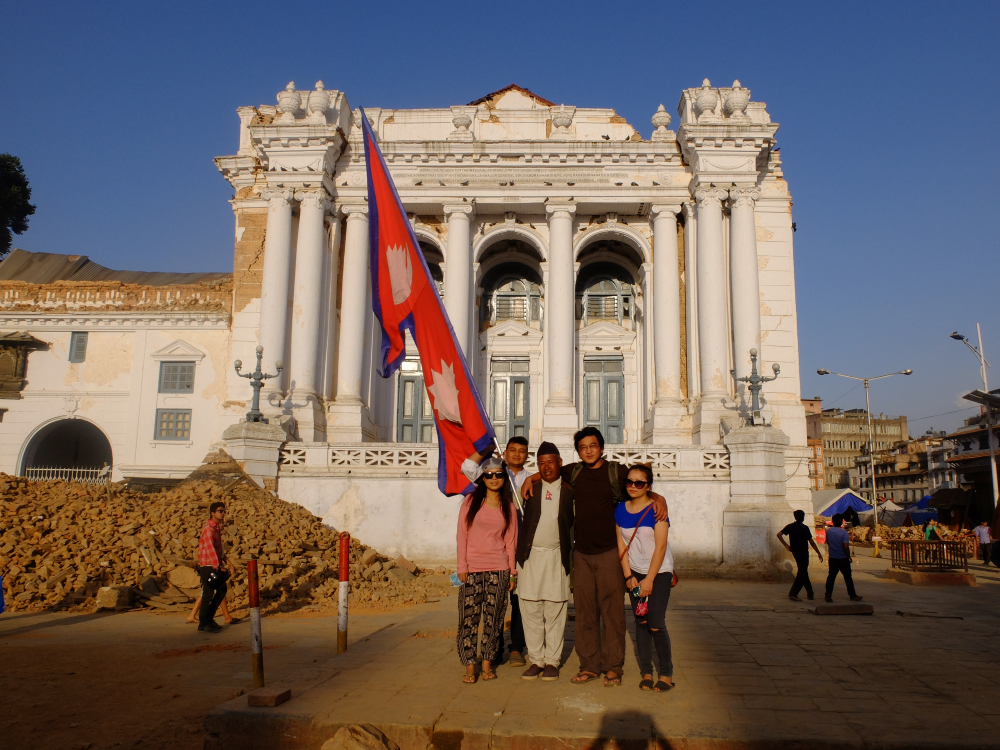
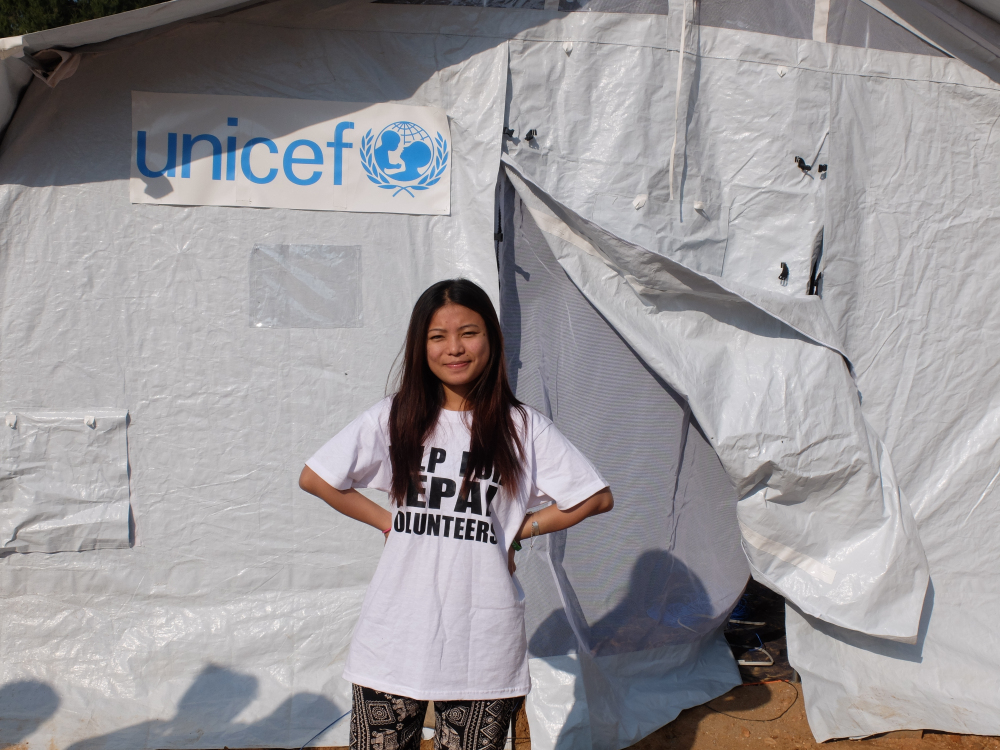
A bit of health
Infectious diseases can be expected to become a global health concern in all disasters. In particular, developing countries are more prone to transmitting such conditions. But in the case of Nepal, there was no major communicable diseases outbreak post-earthquake. Whether the natural disaster is a significant factor in deciding whether diseases spread quickly or not, water, sanitation, and hygiene are critical aspects of health care management. Water and sanitation will continue to be an essential topic for research and debate in disasters, particularly in developing countries. Hence, re-establishing safe water and adequate sanitation should be a priority list in an emergency crisis in any country. Our project taught that prevention and control of water-related diseases could begin with a simple yet effective method like handwashing with soap and water. Furthermore, adequate sanitation facilities should also be provided equally in improved and well-maintained latrines or designated protected defecation areas. As a result, although disaster-hit sites offer a fertile ground for rapid water-borne related transmission, educating and creating awareness on simple methods can prevent such outbreaks easily.
A bit of mental health
Although the risk of water-borne diseases increases significantly following the natural disaster, several other factors are severely overlooked following such calamities as post-traumatic stress and immunisation. The earthquake had killed many villagers and damaged almost every house, passing sleepless nights camping outside. They were terrified of buildings collapsing on them, and ongoing aftershocks had traumatised the villagers. People were turning to alcohol and witch doctors for comfort! Apart from providing them with food, shelter and medical assistance, they urgently needed psychosocial support. Being kind and listening to them means more than anything else you can do! Henceforth, I learned that mental health services must also be accessible for routine, emotional support for victims experiencing traumatic events.
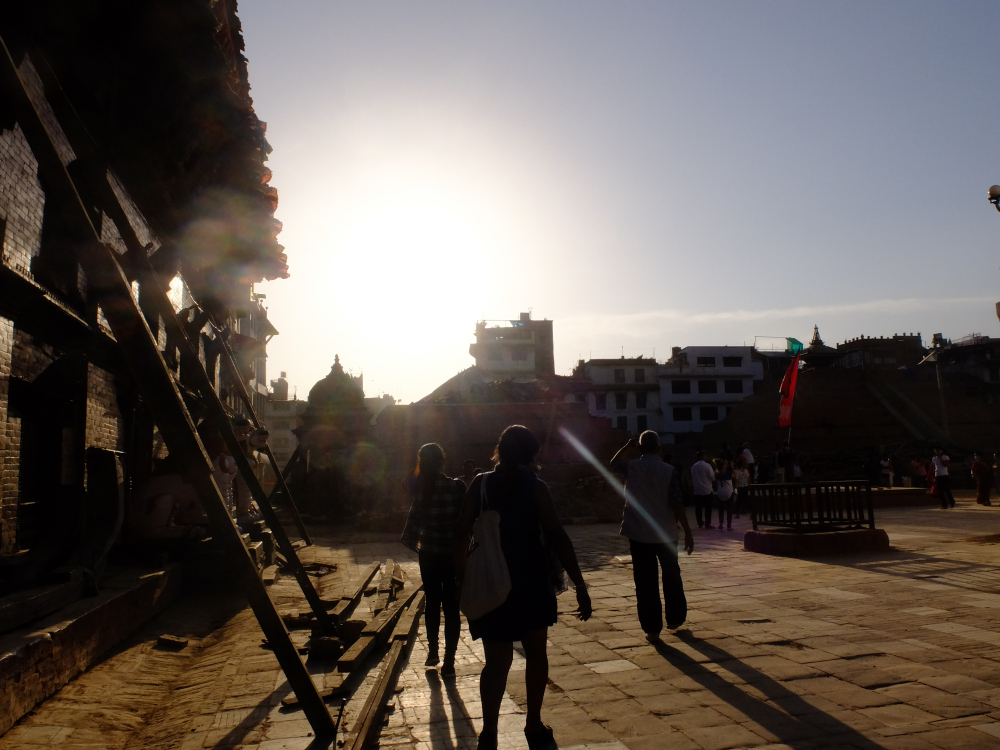
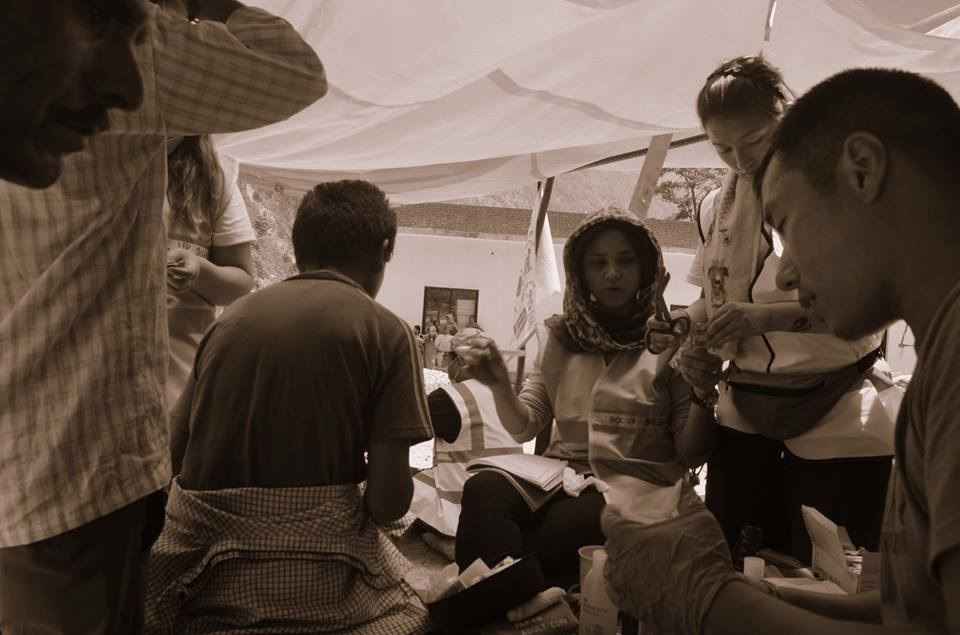
A bit of remote nursing
I have always been passionate and motivated to deliver the best possible care to the most vulnerable people. I love my nursing job because I get the opportunity to make a difference through both the treatment and care I provide and educate patients to lead better lives by promoting health education and providing health information (Chuck of my CV, right there, if someone wants to hire me :D). But jokes aside, I have always worked in NHS and sometimes agencies in some “fancy clinics- with good pay scales.” I have always worked in a comfortable area where we get all the fancy, emergency/ non-emergencies pieces of equipment.
During our project, I had the opportunity to work with some of the most wonderful doctors and dedicated healthcare professionals. I was impressed with the knowledge of my co-workers and their ability to treat the trauma victims so professionally, which led me to realise the importance of nursing in the developing world. It was an excellent occasion for me to transfer the best practices of British nursing expertise to the developing world; it also gave me an insight into the Nepalese health care system. We were exposed to many medical conditions that I would not usually see here in the UK, and the villages we worked in were hyper-endemic in malaria, cholera, typhoid, etc. Nursing is still the same; always use your basic traditional nursing skills & know your LIMITS!! It is still possible to make a difference in the world’s most remote places by doing what you know how to do!!! You need the HEART to care, not just the fancy equipment.
Nursing is still the same; always use your basic traditional nursing skills & know your LIMITS!! It is still possible to make a difference in the world’s most remote places by doing what you know how to do!!! You need the HEART to care, not just the fancy equipment.
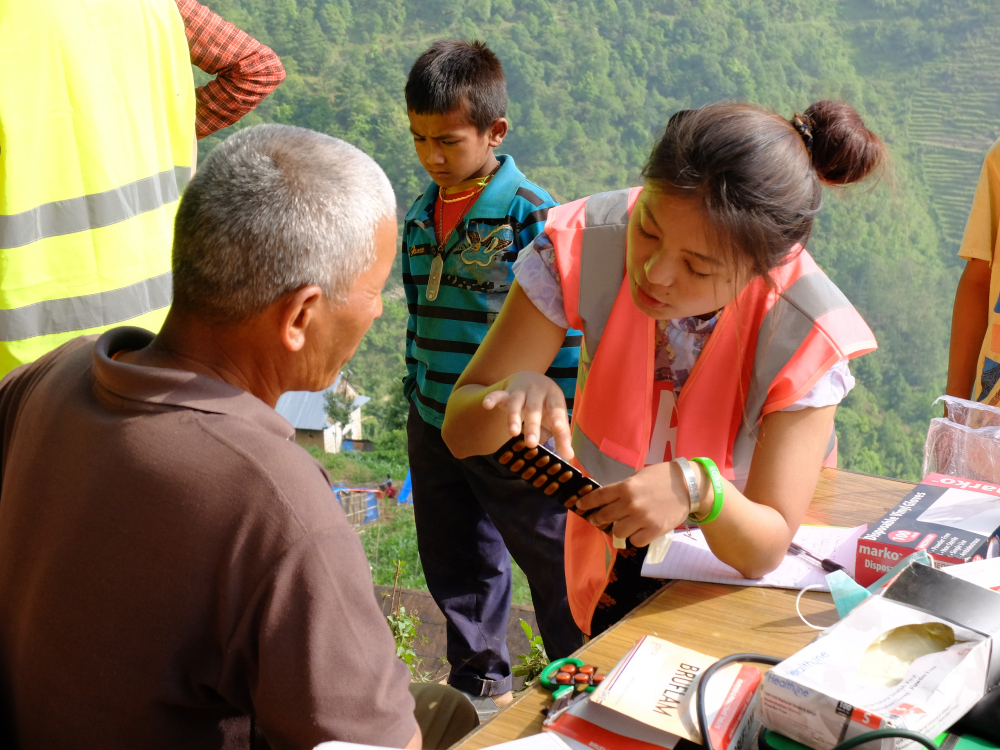

A bit of folk beliefs
When I was young, my granddad used to put on neem bark oil on his legs. I never knew why he did that, and I never asked him why. Then, many years later, I realised that not only modern medicines like paracetamol, ibuprofen and aspirin could lower your fever but applying some tree oil to your body brings a fever down. TRUE that NEEM tree has natural remedies to help bring down fever, STOP pain, and ALSO help keep mosquitos AWAY!! How crazy is that!??
Another home remedy I discovered was that garlic could relieve diarrhoea and treat vaginal infections. Again, these folk traditions? Myths sound a bit silly, but hey, it is still possible, right!? Just because we live in the modern world does not mean that the old practices do not work! No matter where you are or where you go, be adaptable and positively embrace change.
A bit of humour
I learnt that kindness and laughter often help more than medicine. “A joyful heart is a good medicine.” [Proverbs 17:22] Many research studies have shown that there are many benefits of laughter, humour therapy helps maintain a positive attitude and helps lessen the pain, and in some studies, it has been shown to cure loneliness. Even in the bleakest moment, good banter and positive vibes are effective ways to help us with mental and physical stress. Good humour is good medicine.
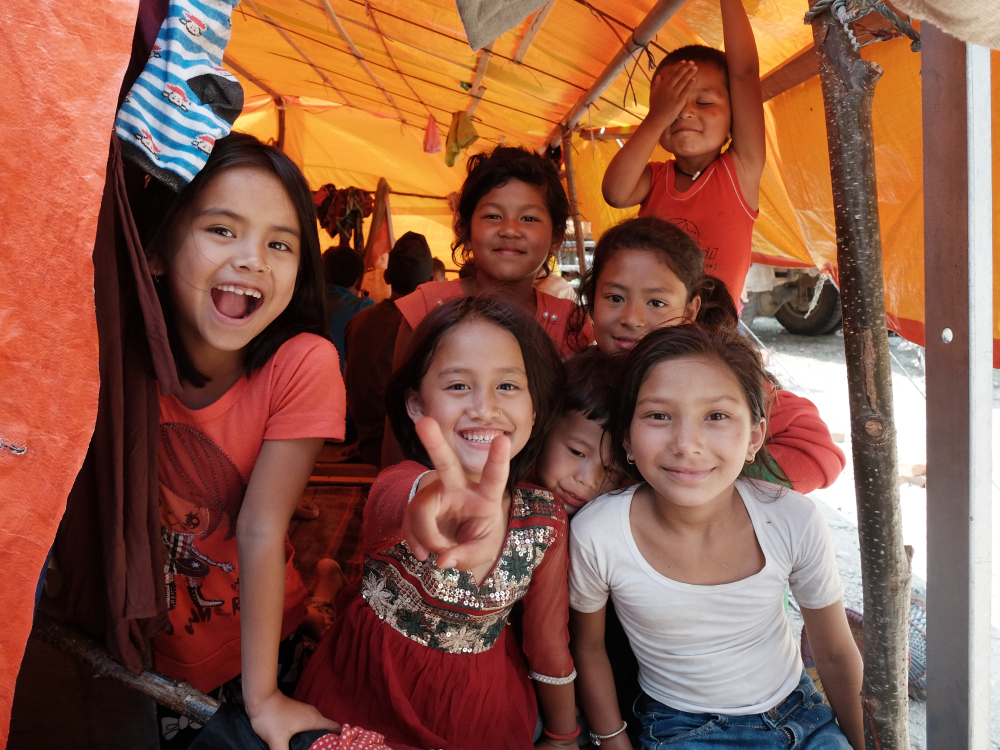
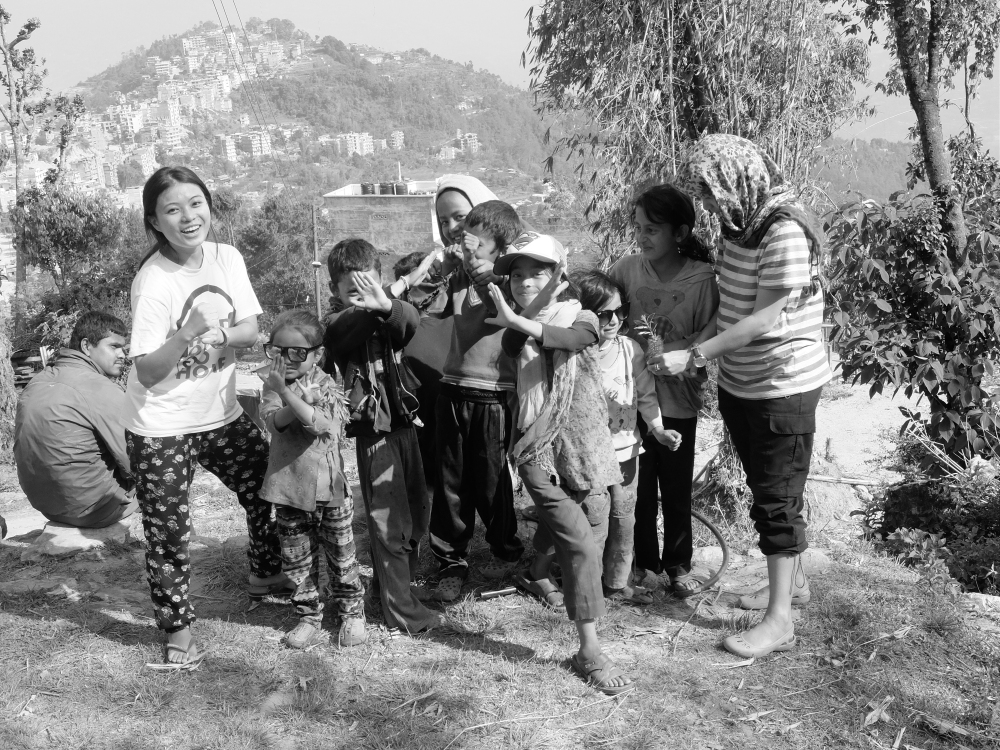
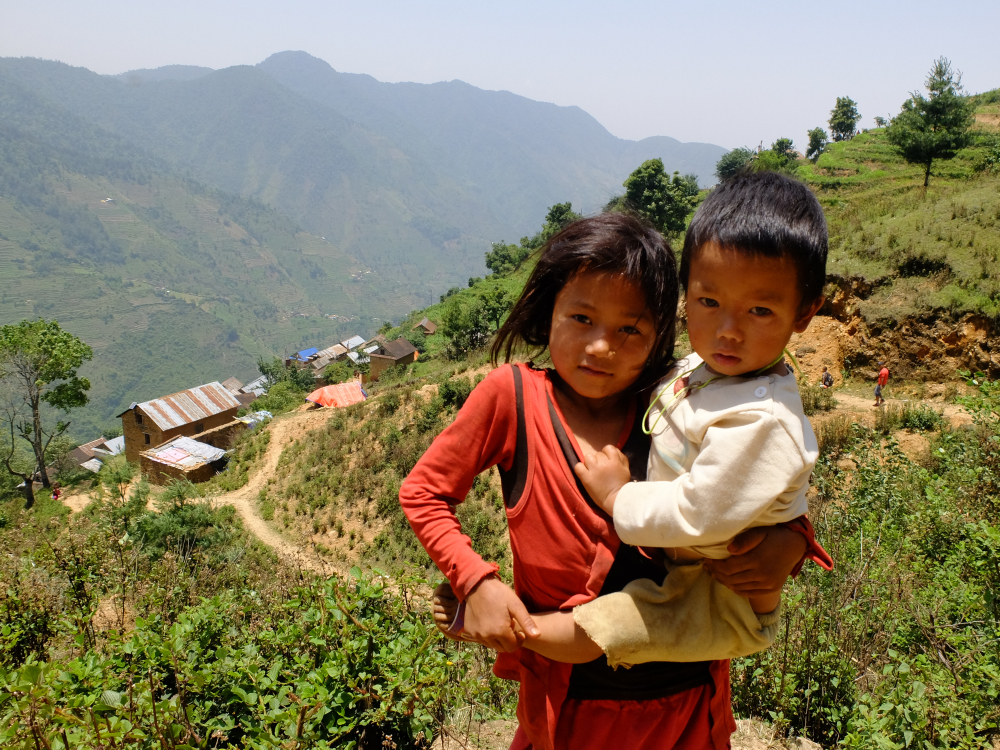
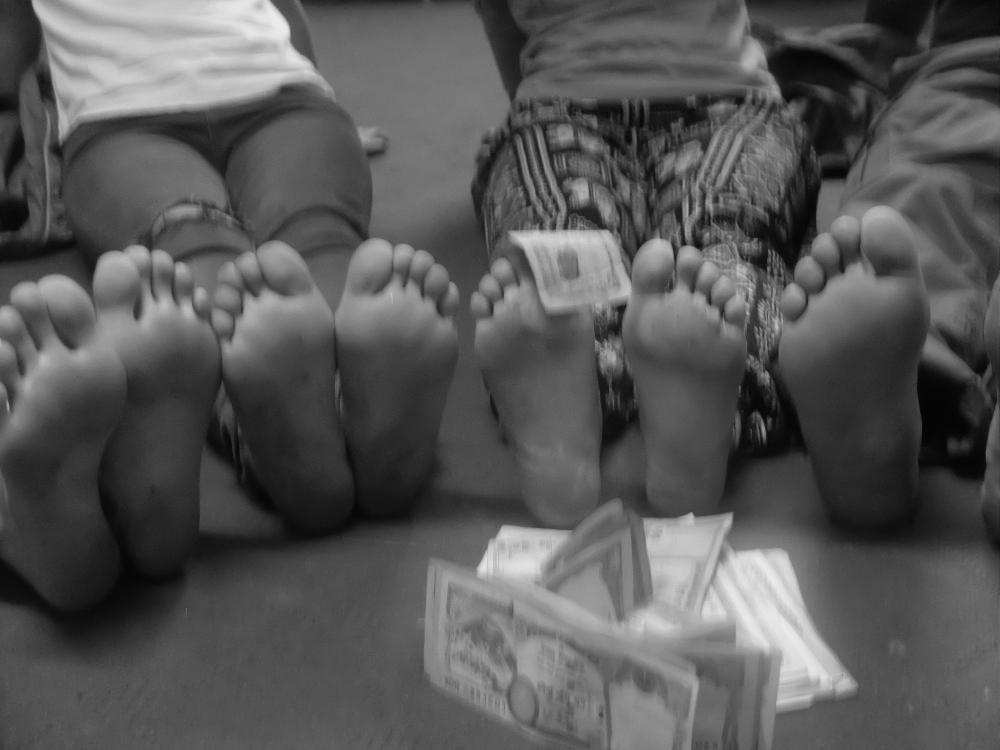
A bit of research
It is essential to understand how locals view illness, pain, suffering, and death in that community. Custom, social, cultural, and traditional beliefs take a vital role in every country and not to mention in Nepal, a small but culturally diverse country, ignorance of their cultural understanding can lead to ignorance of diseases and consequently result in deaths. People are slow to change because people are loyal to what they feel is right! If you want to help, try to learn them, study them, examine their ways of living, and respect their traditions and ideas; you will win people’s love and respect! Only then you will be able to introduce your practice, new technology, and modern medicine. Learn from them and encourage them to learn from you. Only then you can work hand in hand with government and public health officials to spread public health awareness. The fascinating thing that I saw was that these people still have hope. These people were kind and welcoming.
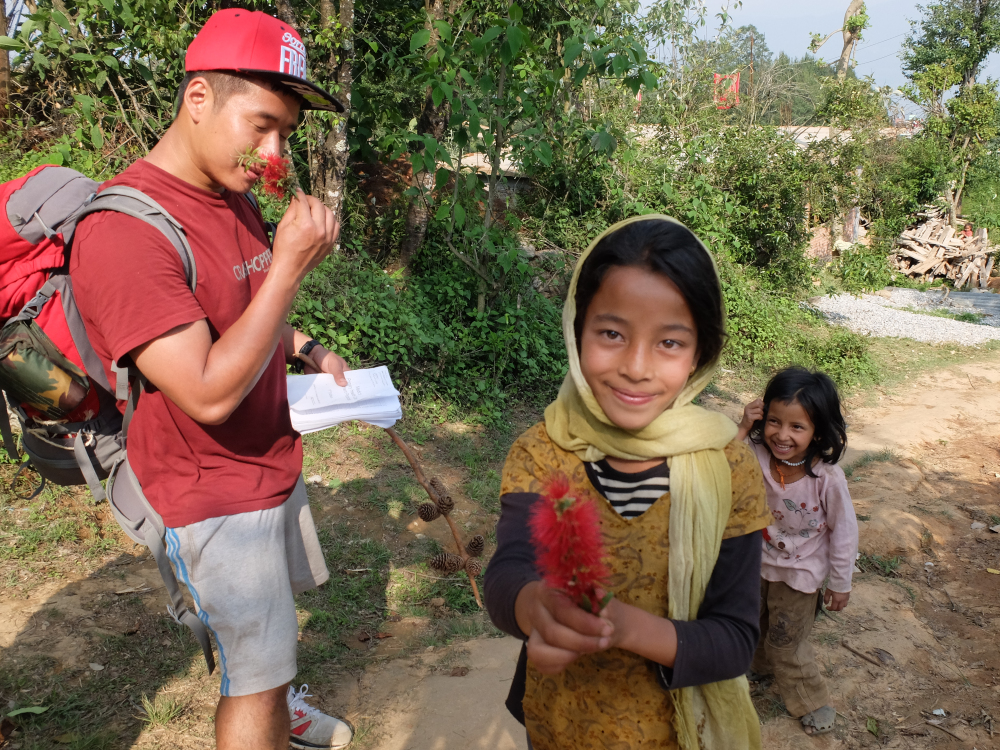
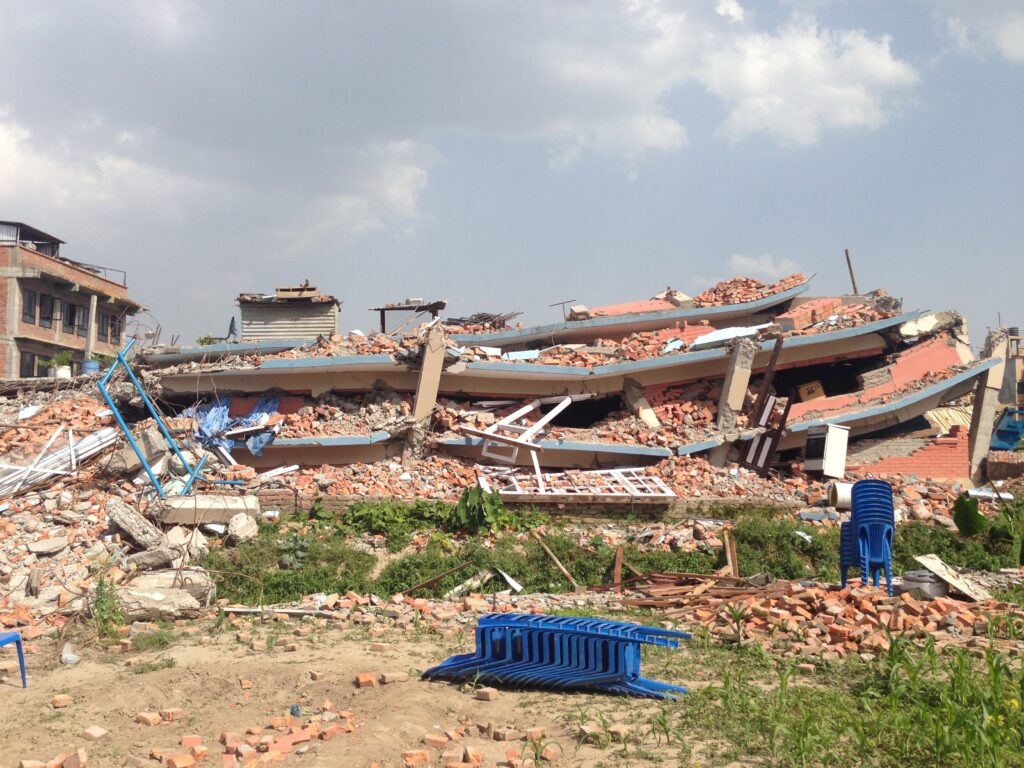
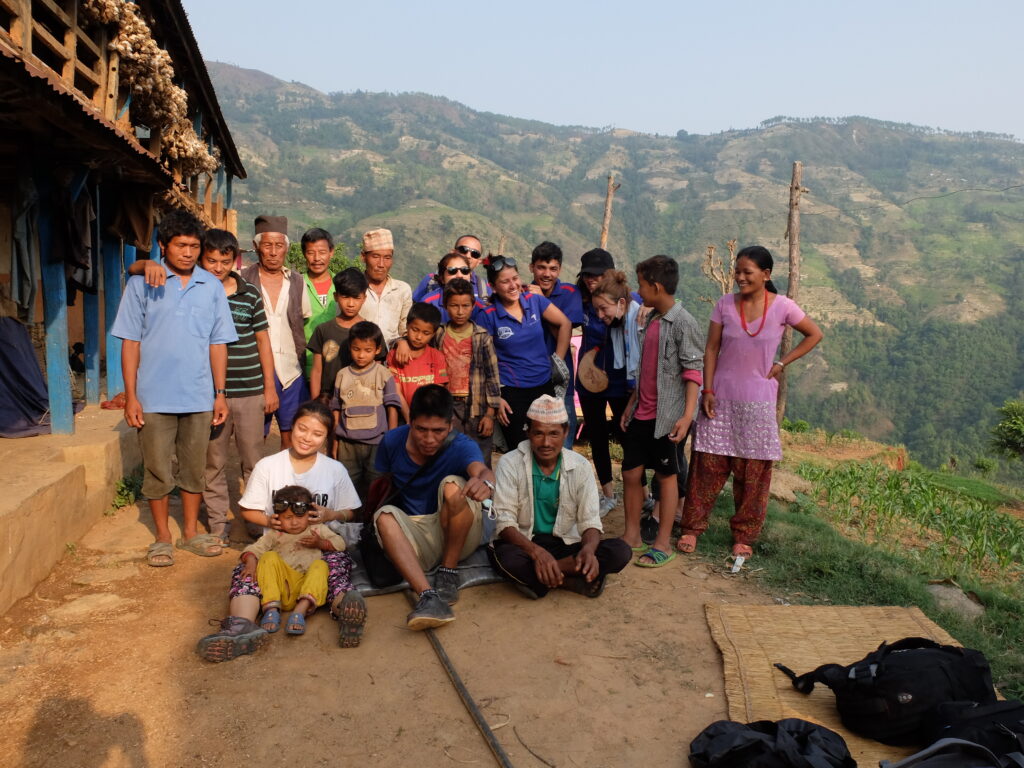
I have learned that hope sustains life, and I hope to have touched those beautiful souls as profoundly as they have touched mine. I have learned that this life is too short; we need to try new things, take risks, face our fears and always follow our hearts. It does not necessarily mean that you have to fly thousands of miles to a remote place to help; you need to open your eyes and listen to your heart because charity begins from your heart. Irrespective of the size of donations, any help from volunteers can make a massive difference to these victims of a natural disaster. Unfortunately, we could not reach some remote villages as they were inaccessible simply because of their geographical locations. It was a roller coaster ride from start to end, widening my knowledge and giving me a glimpse of a natural disaster. The thing is that natural disasters can happen anywhere and without any warning. Indeed it was a wake-up call for Nepal, and there is a long road to recovery ahead. I am incredibly fortunate to be a part of such a fantastic project. I have learned to appreciate life and what it can offer; compassion, love, hope, and trust make life go around.
